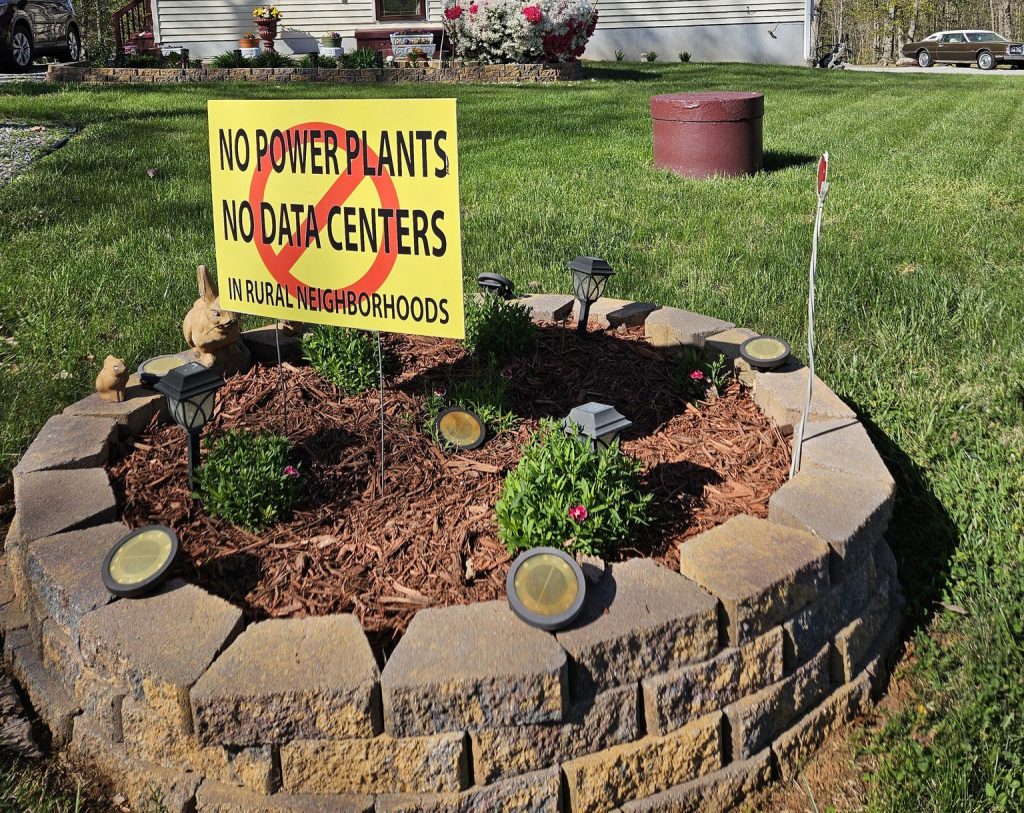Illustrating Unimaginable Hardship
Illustrating Unimaginable Hardship
by Matt Wasson
According to Dr. Matt Wasson, the conservation director of Appalachian Voices, “New media is du rigueur for building a national movement and a national movement is absolutely what’s required to stop mountaintop removal coal mining – it’s a national issue. Taking on a national issue was difficult to impossible for local and small regional organizations in the pre-internet days. The technology makes possible national level campaigning for small organizations, and a strategic focus can yield big results.”
“The motivation for building iLoveMountains.org was to create a sort of one stop shop for people to learn about the problem of mountaintop removal and what they can do to help stop it,” explains Wasson. “That’s the overall motivation. Within that there were some strategic objectives that we wanted to accomplish; thanks to tools like Google Earth, we are well on our way to accomplishing them.”
The first objective, according to Wasson, was “to show the extent and scale of devastation – that tends to be what’s missed, when people hear about the human tragedy, or the horrendous story, they don’t necessarily appreciate the scale. The National Memorial for the Mountains, the centerpiece of iLoveMountains.org when it was launched in 2006, was all about scale.”
“The obvious next step,” says Wasson, “was to show people’s connection to mountaintop removal—that’s what this latest release of the My Connection feature represents.”
“The next step is showing what’s at stake, to really show people the value of what’s being destroyed,” says Wasson, referring to a video-based Google Earth layer called “America’s Most Endangered Mountains” that will launch on iLoveMountains.org in the spring.
Wasson believes the next project after that, which is not yet in the development phase, will demonstrate specific alternatives to mountaintop removal for meeting America’s energy needs.
“At that point,” says Wasson, “I’ll really feel like we’ve made our case.”
According to Wasson, pulling together all the databases required to show peoples’ connections to mountaintop removal all across the country required an enormous effort.
“We basically used four databases – two from the Energy Information Administration of the Dept. of Energy; one from the Environmental Protection Agency; and one from the Office of Surface Mining. No one had ever put them together in this way, and it wasn’t easy.
“We really had to force it. This thing was a year in the making from the initial conception to the launch late in 2007.”
But Wasson also expresses some disappointment that media sources covering the “My Connection” launch has focused so much on the technology rather than on the stories of how communities are impacted by mountaintop removal.
“The real story is what is happening in Appalachia, and how deeply wrong that is,” says Wasson. “I don’t want to make the technology so much the story but to effectively show people the impacts of mountaintop removal and their connection to the problem — that’s the story.”
“When you boil it down, we at Appalachian Voices are a bunch of professionals doing our job – its the people in mining communities that are brave enough to stand up against the coal companies, who are going through just unimaginable hardships. That is the real story.”
Powerfully conveying our relationship to MTR
Jeff Deal
Jeff Deal is the information technology specialist at Appalachian Voices. He has a degree in computer science and has completed graduate courses in appropriate technology and computer science.
“When Matt first pitched it [My Connection] to me, I didn’t really have an understanding of what it would look like. It wasn’t concrete in my mind until I saw the power plants and mountaintop removal mines connected by the red and black lines on the Google maps — that’s when I got it. These mapping tools provide a powerful tool for visually and very powerfully conveying our relationship to mountaintop removal and energy.
“We use a MySQL relational database composed of four data sets. These data sets are used to generate the two dimensional Google Map’s mashups and the three dimensional Goggle Earth maps. Coding the site took many months.”
“The power plant and mine data sets had spreadsheets with 100+ columns and over 30,000 rows. A mine might extract coal, which was then moved to a holding facility, before finally being shipped to a power plant. Learning and understanding these data sets turned out to be a heck of a lot of work.”
“The bar is continually being raised. Right now we’re working on our “10 Most Endangered Mountains” YouTube series. We want to give American citizens a chance to save these endangered mountains rather than just viewing their devastation; to show mountains which have been permitted for mining but where people are getting involved and fighting for these cherished mountains .”
LINKS
Appalachian Voice www.appvoices.org
I Love Mountains / My Connection www.ilovemountains.org/mc
Sierra Club’s “Stop the Coal Rush” www.sierraclub.org/maps/coal.asp
Carbon Monitoring for Action www.carma.org ).
US Holocaust Museum / Darfur Sudan Emergency www.ushmm.org/googleearth/
Neighbors Against Irresponsible Logging (NAIL)
earth.google.com/outreach/cs_nail.html
John Hockenberry MIT Technology Review article
http://www.technologyreview.com/Infotech/19845/
American Insitute of Architects Blueprint for America
http://www.aia150.org/bl150_default.php
Related Articles
Latest News

Leave a comment
Your email address will not be published. Required fields are marked *




